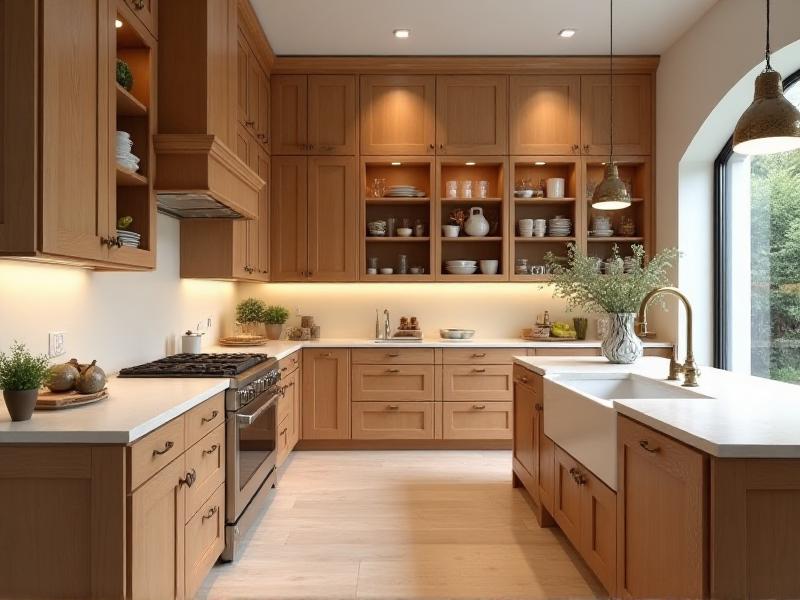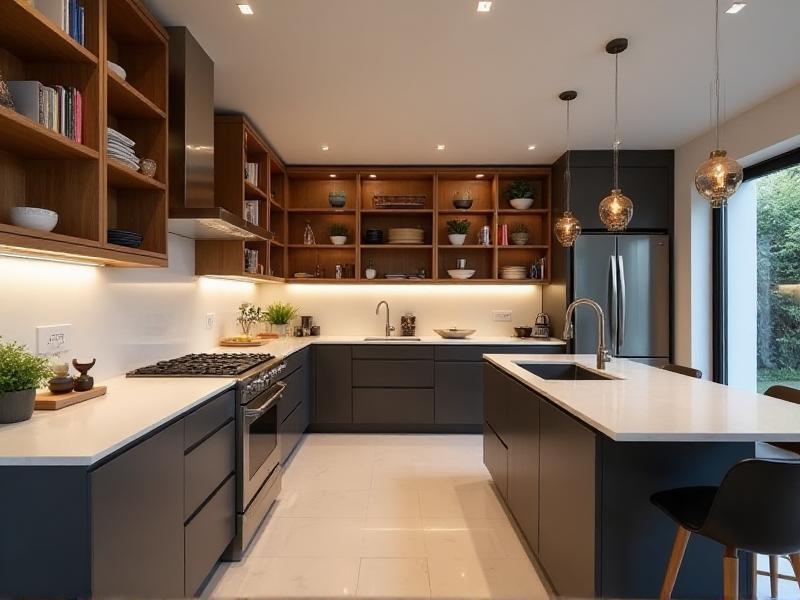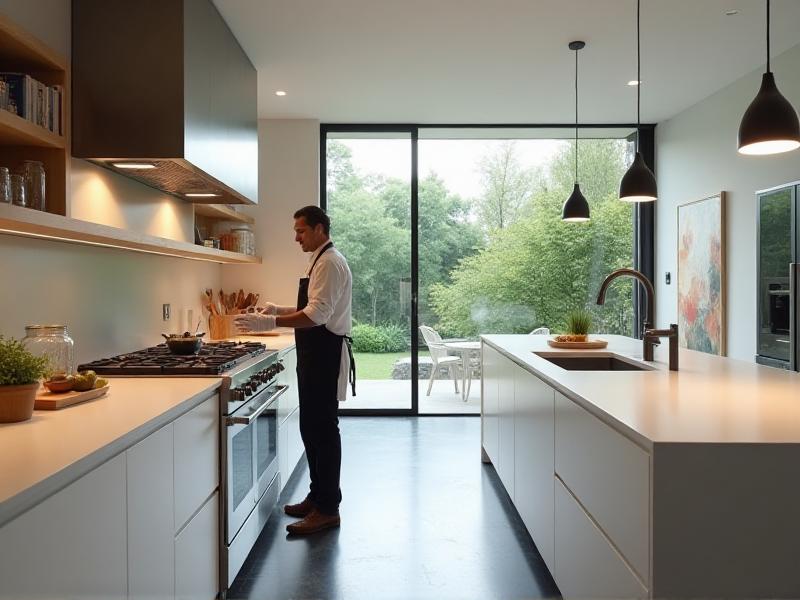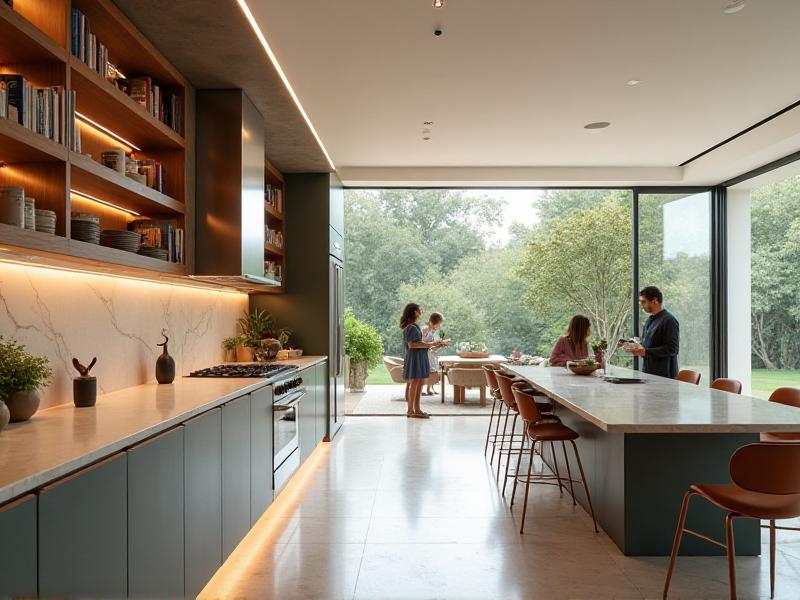The Importance of Kitchen Lighting in Creating a Welcoming Atmosphere
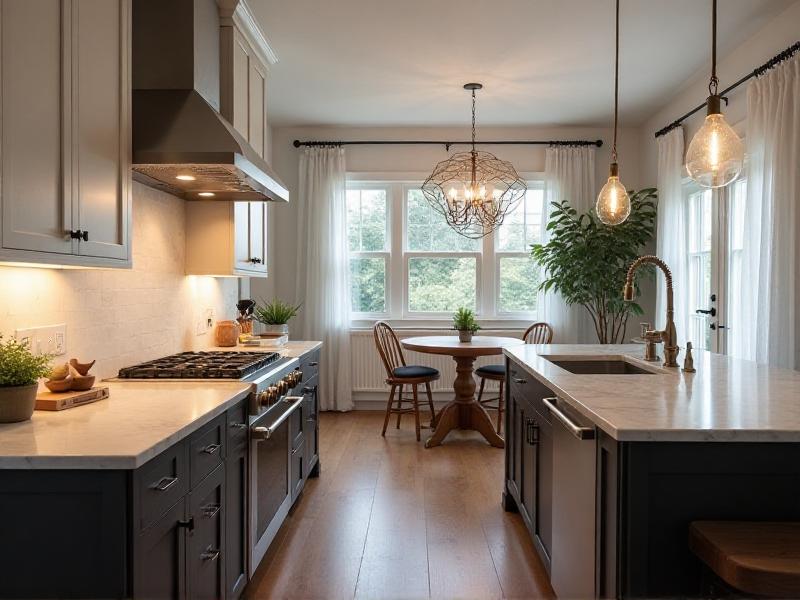
Lighting plays a crucial role in setting the tone for any space, and the kitchen is no exception. A well-lit kitchen not only enhances functionality but also creates a warm and inviting atmosphere. Whether you're preparing a meal, entertaining guests, or enjoying a quiet morning coffee, the right lighting can transform your kitchen into a hub of comfort and style. From task lighting to ambient lighting, each type serves a unique purpose in making your kitchen feel welcoming. Let’s explore how you can use lighting to elevate your kitchen’s ambiance.
Understanding the Different Types of Kitchen Lighting
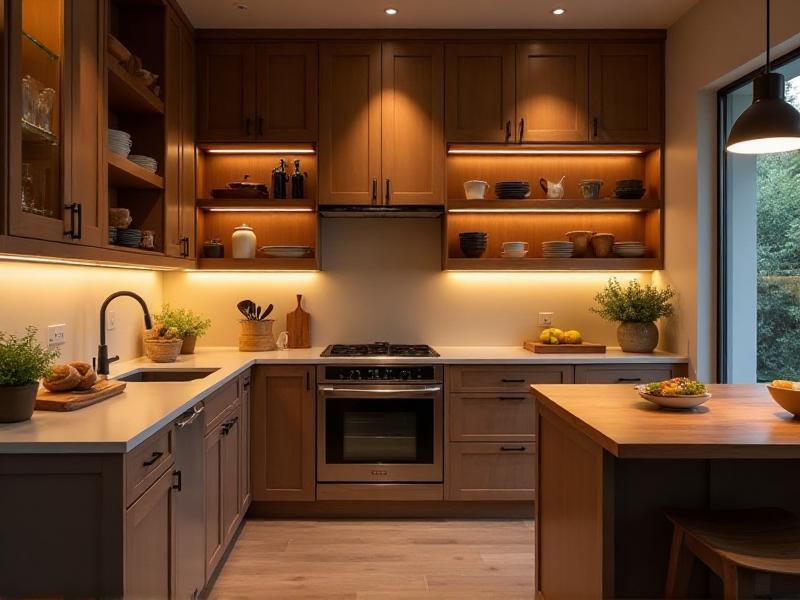
To create a welcoming kitchen, it’s essential to understand the three main types of lighting: ambient, task, and accent. Ambient lighting provides overall illumination, often through ceiling fixtures or recessed lights. Task lighting focuses on specific areas where activities like chopping vegetables or reading recipes take place, typically using under-cabinet lights or pendant lights. Accent lighting adds depth and visual interest, highlighting features like open shelving or artwork. Combining these types ensures your kitchen is both functional and inviting.
Choosing the Right Light Fixtures for Your Kitchen
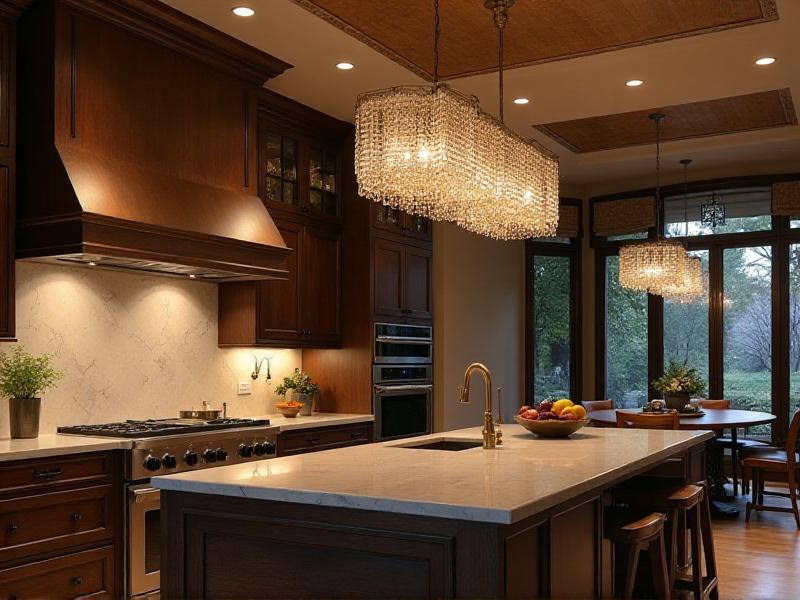
Selecting the right fixtures is key to achieving the perfect balance of style and functionality. Pendant lights are a popular choice for islands and dining areas, offering both task lighting and decorative appeal. Chandeliers can add a touch of elegance, while recessed lighting provides a sleek, modern look. Consider the size of your kitchen, the height of your ceilings, and your overall design aesthetic when choosing fixtures. Don’t be afraid to mix and match styles to create a unique and welcoming atmosphere.
Layering Light for Depth and Warmth
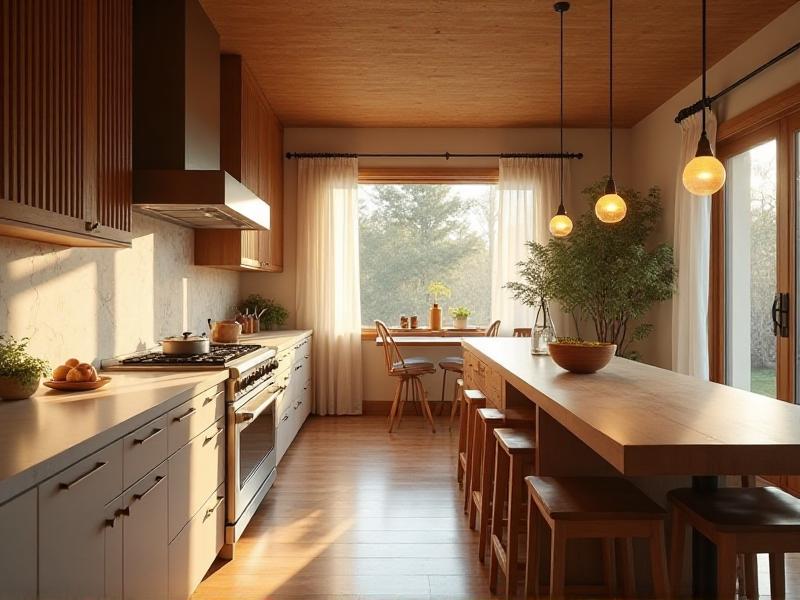
Layering light is a design technique that involves combining different types of lighting to create depth and warmth. Start with ambient lighting as your base, then add task lighting for functionality, and finish with accent lighting to highlight key features. Dimmers are a great addition, allowing you to adjust the brightness to suit different moods and activities. This layered approach ensures your kitchen feels cozy and inviting at any time of day.
Incorporating Natural Light into Your Kitchen Design

Natural light is one of the most effective ways to create a welcoming atmosphere. Large windows, skylights, and glass doors can flood your kitchen with sunlight, making it feel bright and airy. If your kitchen lacks natural light, consider using reflective surfaces like mirrors or glossy finishes to bounce light around the room. Sheer window treatments can also help diffuse light while maintaining privacy. Pairing natural light with artificial lighting ensures your kitchen remains inviting even after the sun sets.
Using Color Temperature to Set the Mood
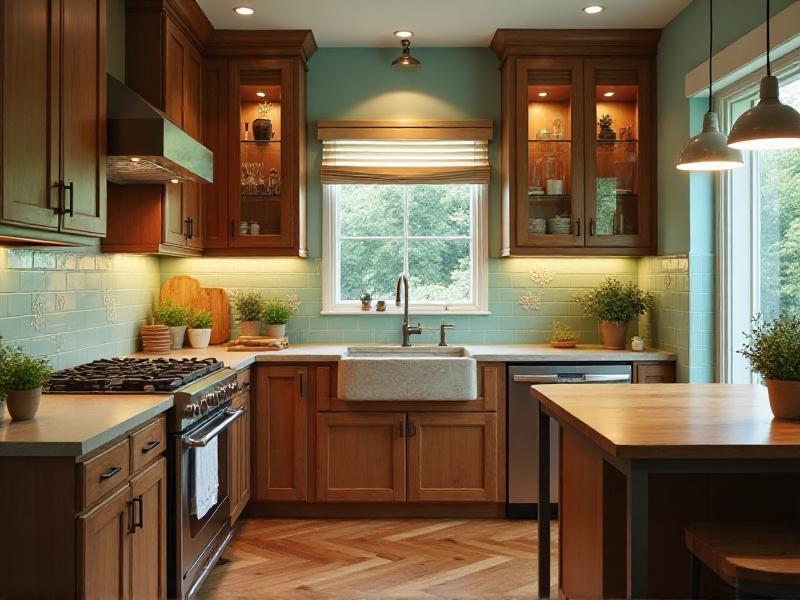
The color temperature of your lighting can significantly impact the mood of your kitchen. Warm white lights (2700K-3000K) create a cozy, inviting atmosphere, perfect for dining and entertaining. Cool white lights (3500K-4500K) are ideal for task-oriented areas, providing bright, focused illumination. Consider using a combination of both to balance warmth and functionality. Smart bulbs allow you to adjust the color temperature throughout the day, adapting to your needs and preferences.
Creative Lighting Ideas for Small Kitchens
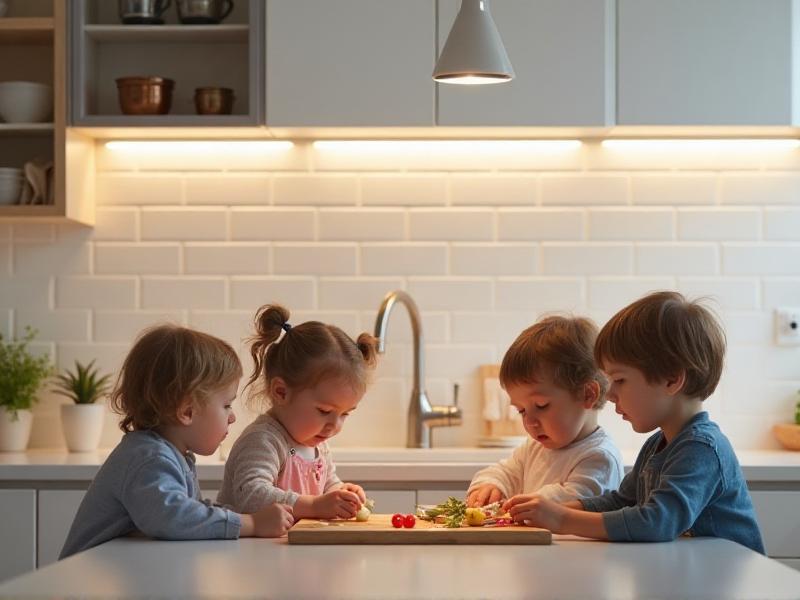
Small kitchens can benefit from creative lighting solutions that maximize space and enhance ambiance. Under-cabinet lighting is a great way to brighten countertops without taking up valuable space. Slim-profile pendant lights or track lighting can provide focused illumination without overwhelming the room. Mirrors and light-colored finishes can also help reflect light, making the space feel larger and more open. With thoughtful planning, even the smallest kitchen can feel welcoming and functional.
Energy-Efficient Lighting Options for a Sustainable Kitchen
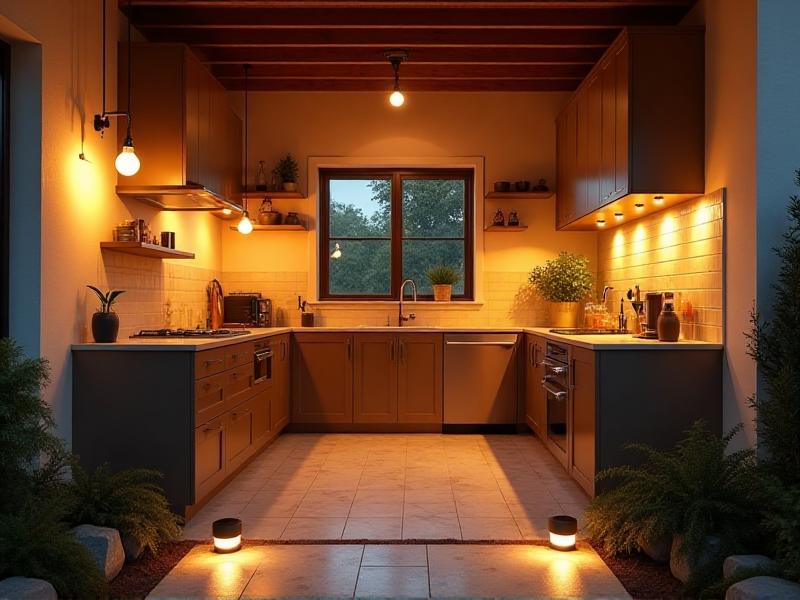
Energy-efficient lighting not only reduces your environmental impact but also saves you money in the long run. LED bulbs are a popular choice, offering longevity and lower energy consumption compared to traditional incandescent bulbs. Smart lighting systems allow you to control your lights remotely, ensuring they’re only on when needed. Solar-powered outdoor lights can also enhance your kitchen’s ambiance while reducing energy usage. By choosing sustainable options, you can create a welcoming kitchen that’s both eco-friendly and cost-effective.
Key Takeaways
- Combine ambient, task, and accent lighting to create a balanced and welcoming kitchen.
- Choose fixtures that complement your kitchen’s size, style, and functionality.
- Use natural light and reflective surfaces to brighten your space.
- Experiment with color temperature to set the right mood.
- Opt for energy-efficient lighting options to save money and reduce your environmental impact.
Frequently Asked Questions
Q: How many light sources should I have in my kitchen?
A: Aim for at least three types of lighting—ambient, task, and accent—to ensure a well-lit and inviting space.
Q: Can I mix different styles of light fixtures?
A: Yes, mixing styles can add visual interest and personality to your kitchen. Just ensure they complement each other and the overall design.
Q: What’s the best way to light a small kitchen?
A: Use under-cabinet lighting, slim-profile fixtures, and reflective surfaces to maximize light and create the illusion of more space.
